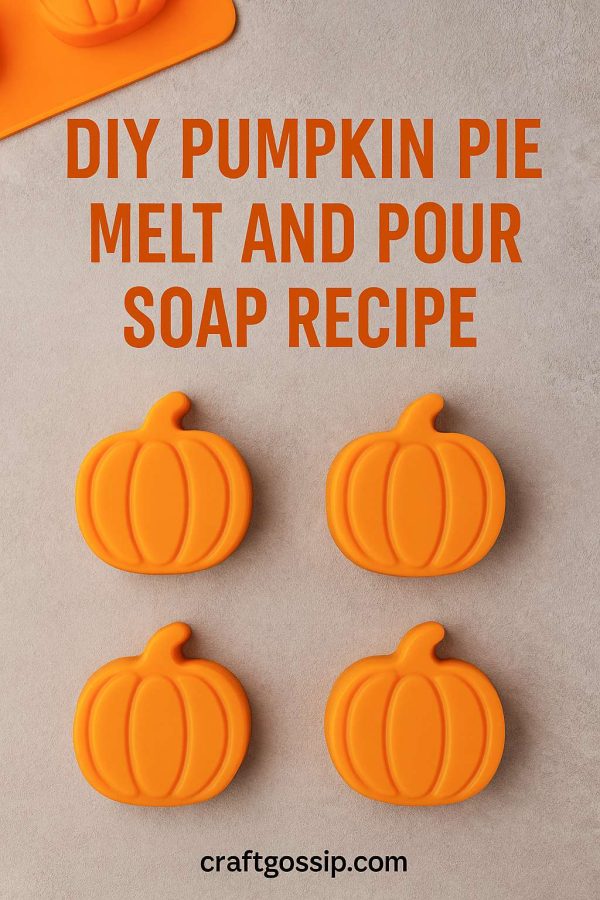
Have you ever thought about trying your hand at making soap, but you weren’t quite sure where to start? That’s ok, we’ve all been there! Today, we’re going to look at the most common methods of soap making.
The three processes we’re going to look at are hot process, cold process, and melt and pour. Hot and cold process soaps use lye + fat + liquid to make the soap, while melt and pour comes with all of that already done for you.
- Cold Process
In cold process soap mixing your lye, liquid (water, but sometimes milk, which takes a few additional steps to work with), and fat (generally vegetable oils) together, which causes a chemical reaction called saponification. You pour your liquid “soap” into a mold and allow it to set up and then you can either leave it in the mold or cut it after 24 to 36 hours. Whichever you choose to do, leave in the mold or cut; your soap then needs to sit for 4 to 6 weeks to cure.
- Hot Process
Hot process is very much like cold process in that you’re still mixing lye, liquid, and fat together. In hot process though, you use a heat source to make the saponification reaction happen much more quickly. Generally, people like to use crock pots as their heat source for this. The rest of the process is identical to cold process in that you pour the liquid into molds and allow it to set up. Hot process soaps don’t need as long to cure as cold process, but you should still leave them to sit for a week or two – you’ll find the texture is a lot better after this time.
- Melt and Pour
Melt and pour soap is hands-down the easiest way of making soap because you start with a soap base that has already gone through the processing and is ready to use immediately. All you need to do is simply melt down the soap base in a crockpot, double boiler, or even a microwave, pour it into molds, let it cool and set, and voila, you’ve got your very own handmade soap!
There’s no right or wrong method to choose when getting into soap making, it’s all in what you like and what’s most enjoyable to you. I personally always suggest starting out with melt and pour soap because it takes the least amount of equipment and time to get started. It’s a great way to see if you like the process and if it’s something you want to dive deeper into. Either way you go though, you’re sure to impress your friends and family with your very own, handcrafted soap creations.
Happy Crafting!

Leave a Reply